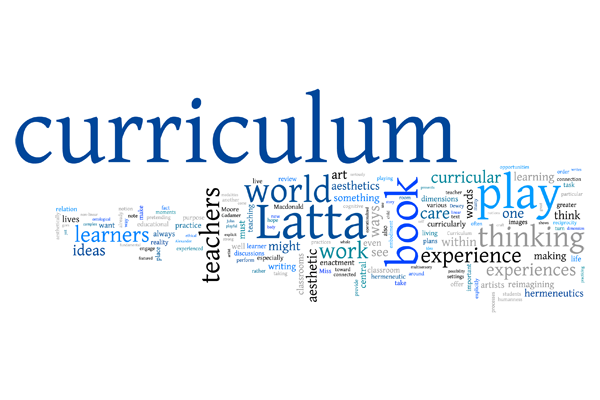International Journal of Education & the Arts | |
Volume 14 Review 2 |
April 10, 2013 |
Reimagining the World, Reimagining the Self: Ethics, Aesthetics, Play and Curriculum in the Work of Margaret Latta.
Donald Blumenfeld-Jones Book Reviewed: Latta, M. M. (2013). Curriculum conversations: Play is the (missing) thing. New York & London: Routledge.Abstract Margaret Latta has written an important new book on the place of play, hermeneutics, and aesthetics in relation to curriculum. I hope to demonstrate, in this review, many reasons to see her book as important. In her book Latta provides a detailed and well-examined exploration of the relationship between these perhaps seemingly non-curriculum-entities (play, hermeneutics, and aesthetics) and curriculum itself. She does so in a complex image of "thinking curricularly" (to be discussed later in this review). In so doing she adeptly shows how play, hermeneutics, and aesthetics are crucial to the everyday life of classrooms. I think we must see a background context for her work: I would argue that learners, especially young learners, are consistently introducing playful responses to curricular prompts and offering interpretations of curricular experiences that are clearly hermeneutic in character. Learners, again especially young learners, readily think aesthetically even when not give the opportunity. Latta is arguing that teachers can take these offers, or not, but in not taking them up they truncate the learning opportunities that transcend the immediate curricular content. In taking those up teachers expand that curriculum into larger worlds of life and experience. Sadly, as Latta notes, teachers too often quash the "creative" responses of learners in favor of a more linear and boxed-in view of the curriculum that ignores the efforts the learner is making to explore her/his humanness and human potential. This book contributes to the possibility of shifting how curriculum is enacted.
Visual Abstract
|

